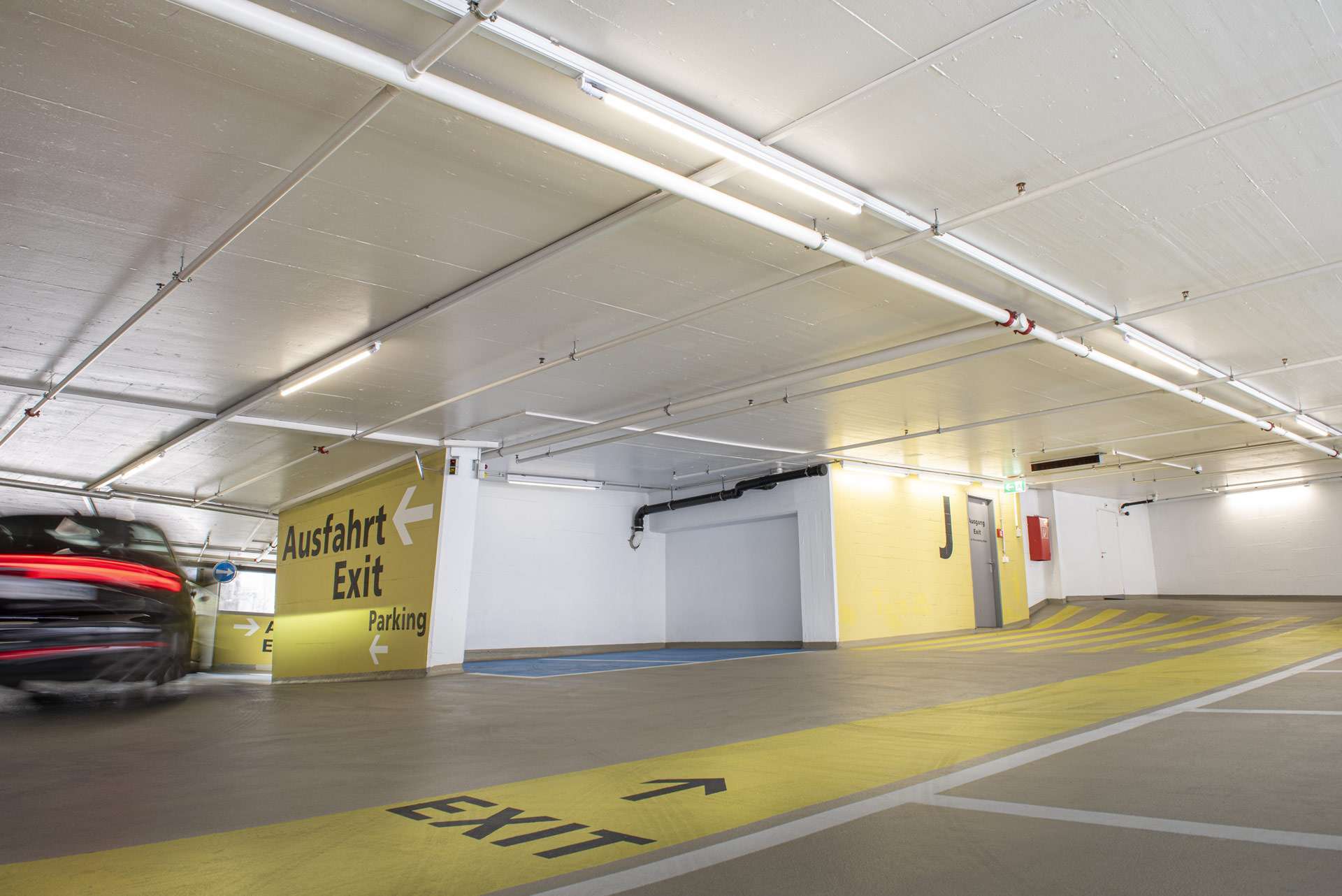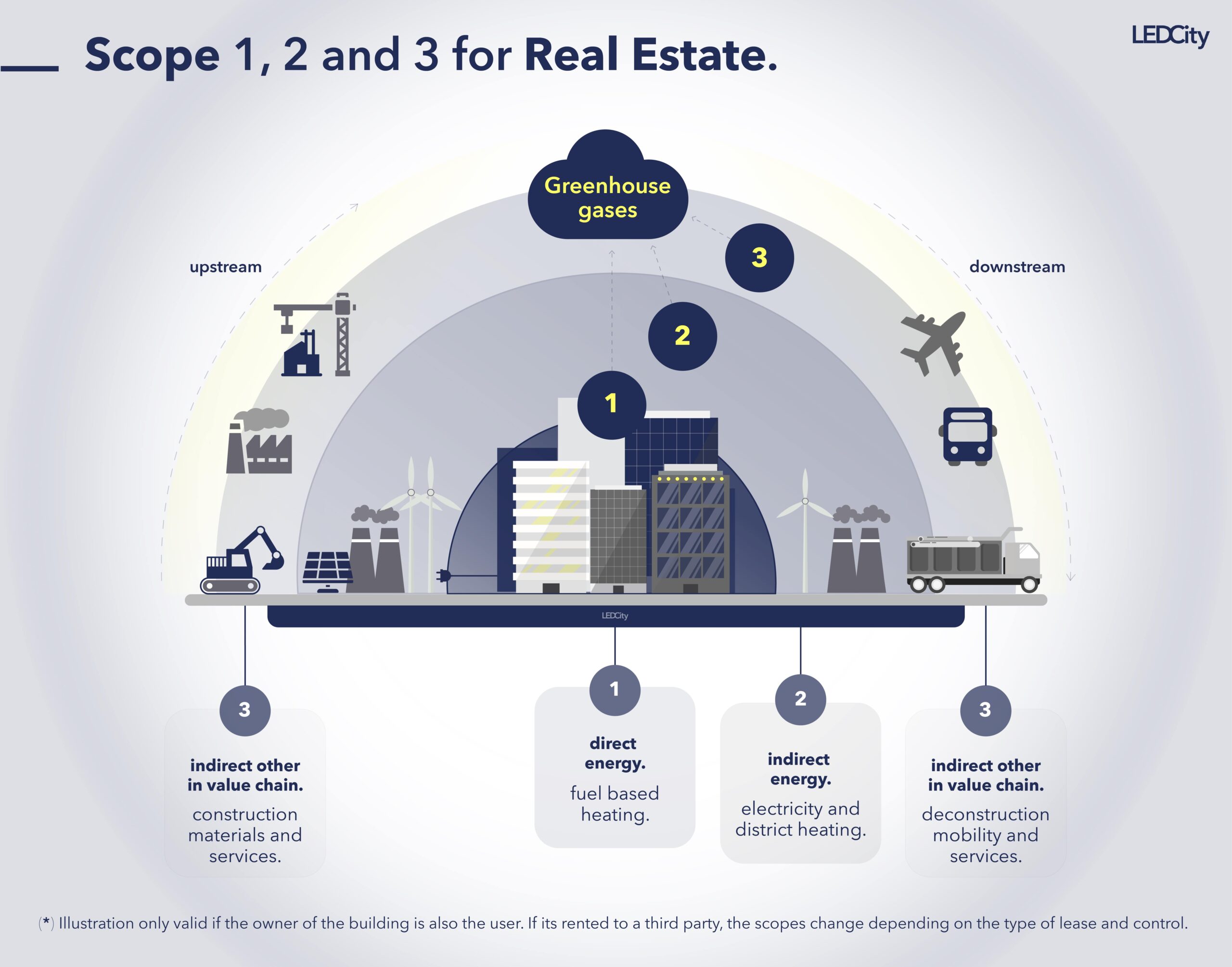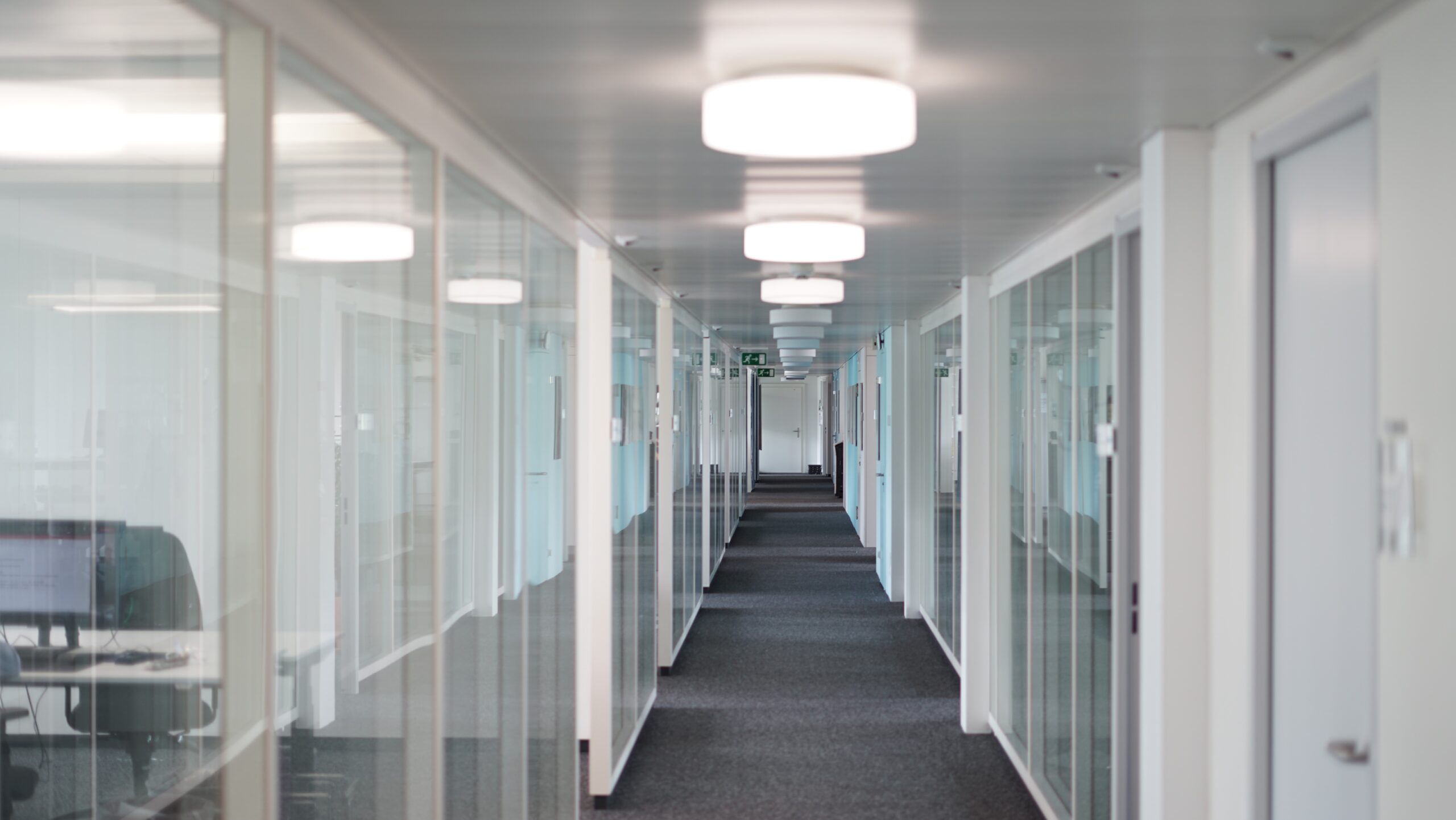
Blog Posts - 22.11.2024

Let’s start with the basics. What are greenhouse gases anyway? Greenhouse gases (GHGs) are crucial for the Earth’s climate, but an excess of greenhouse gases, especially carbon dioxide (CO₂), leads to global warming and accelerates climate change. This change harbours considerable risks for our environment, our economy and our daily lives. Global initiatives have been launched to reduce emissions of these man-made greenhouse gases and slow down climate change. The best known is the ‘net zero 2050’ target, which aims to reduce emissions so much that they can be fully absorbed by natural processes and technological measures.
The property sector plays a key role in achieving net zero targets. The global building sector is responsible for around 16% of all greenhouse gas emissions (Forbes), while in the European Union the property sector is responsible for around 36% of CO₂ emissions (European Public Real Estate Association). These figures show how significant the property sector’s contribution is in the fight against climate change. Companies in the property sector must therefore develop innovative approaches to reduce their emissions in order to meet the requirements of strict environmental regulations.
More details on sustainability regulations in the EU and how they affect real estate asset management can be found here.
The Greenhouse Gas Protocol (GHG Protocol) has created the Corporate Value Chain (Scope 3) standard in order to comprehensively assess and specifically reduce a company’s emissions. This divides greenhouse gas emissions into three areas, known as ‘scopes’.

Now you are probably wondering what is the most efficient way to reduce emissions. This is easy to answer. After all, the building sector is responsible for around 40% of total energy consumption in the EU, with a large proportion of this consumption attributable to energy-inefficient buildings (European Commission). Around three quarters of buildings are considered inefficient. Significant energy savings could be achieved through extensive renovations and the use of modern technologies, which could reduce the EU’s total energy consumption by 5-6%.
The reduction of Scope 2 emissions, which are directly related to energy consumption, is therefore a key aspect of the sustainability strategy in the property sector. These emissions offer a great opportunity to improve energy efficiency and reduce operating costs, which in turn contributes to achieving sustainability goals and environmental compliance.
If the owner is also the landlord, it is important to distinguish that they are only responsible for the portion of emissions generated by the construction, maintenance and operation of the building. The tenant, on the other hand, is responsible for the emissions caused by individual tenant fit-out requests and the operation of their specific tenant equipment, plug-in appliances such as hoovers.
It is crucial for property owners and managers to implement effective measures to reduce Scope 2 emissions. These measures not only contribute to CO₂ reduction, but also offer significant economic benefits, in particular by reducing costs and improving the return on investment (ROI) of energy efficiency measures.
An important measure for reducing Scope 2 emissions is the proportion of renewable energies in the energy mix. As a general rule, all renewable energies are significantly lower in emissions than fossil fuels. This means that if the proportion of renewable energies in the electricity mix increases, Scope 2 emissions are reduced.
However, it is important to note that there are significant differences in CO₂ emissions per kWh between the technologies and countries of origin:
| g/kWh CO2 | Japan | Sweden | Finland |
| Photovoltaics | 53 | 50 | 95 |
| Wind energy | 29 | 5.5 | 15 |
| Hydropower | 11 | 3 | – |
Source: Deutscher Bundestag
Around 30 % of heat escapes through the façade. Improved façade insulation and the use of modern window technologies can significantly reduce the energy required for heating and cooling. This leads to a direct reduction in Scope 2 emissions, as less energy is required to heat and cool the building.
The use of intelligent LED lighting can significantly reduce electricity consumption for lighting. By switching to energy-efficient lighting systems, the light is controlled automatically and according to demand, thus reducing the burning time and consequently the energy consumption of the lighting.

Switching to district heating systems based on renewable energies can make a significant contribution to reducing Scope 2 emissions. District heating from sustainable sources is significantly lower in emissions than heat production using fossil fuels.
Using solar energy to generate your own electricity can reduce dependence on external power sources and improve a building’s carbon footprint. Solar energy offers a direct reduction in Scope 2 emissions and can lead to significant cost savings over time.
“Incorporating sustainable practices and measures often contribute to higher rents, lower vacancy rates, and ensure that real estate assets and portfolios remain efficient and economically attractive.” – Swiss Sustainable Finance
As the measures show, investments in energy efficiency measures are not only good for the environment, but also offer economic benefits. The reduction in operating costs leads to an increase in the return on investment (ROI) and increases the value of the property portfolio in the long term. Various studies have shown that energy-efficient buildings tend to achieve higher rents and can be sold more quickly, which further increases the ROI (Kempf, C., Syz, J. 2022)
As this blog has shown, Scope 2 emissions play a key role in the property sector – particularly in terms of meeting increasingly stringent environmental regulations and financing sustainable investments. This is because in order to achieve the overarching goal of net zero emissions, all activities of companies that cause emissions must be addressed – not just the direct ones.
Despite the challenges and costs that property companies face in the area of sustainability, this change also offers opportunities: technological innovations will continue to transform the industry and create opportunities to lead the way and differentiate themselves.
In conclusion, the future of the property industry will largely depend on how effectively companies reduce their Scope 1, Scope 2 and Scope 3 emissions while developing economically viable, sustainable business models. The consistent use of the measures described not only offers the opportunity to minimise ecological footprints, but also to position themselves as pioneers in an increasingly sustainability-oriented industry. Companies that successfully follow this path will benefit in the long term from the advantages of sustainable property development, including increased market value and enhanced attractiveness for investors and tenants.
Lighting accounts for up to 30 % of energy costs in commercial buildings. Take advantage of the need for sustainability measures and save operating costs: with the plug-and-play lighting system from LEDCity, you can reduce energy and costs in no time at all thanks to retrofitting. Benefit from average energy savings of 90 % compared to conventional lighting systems and up to 80 % energy savings compared to modern LED lighting systems – without any loss of comfort.